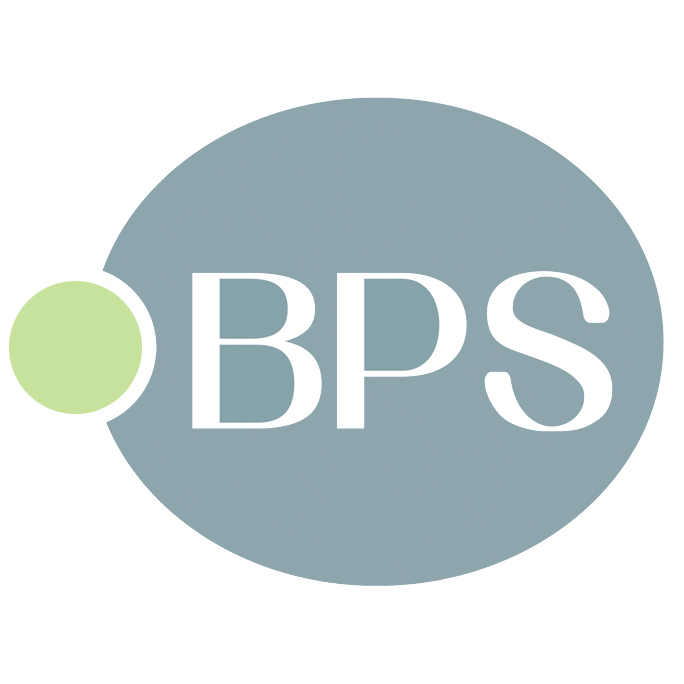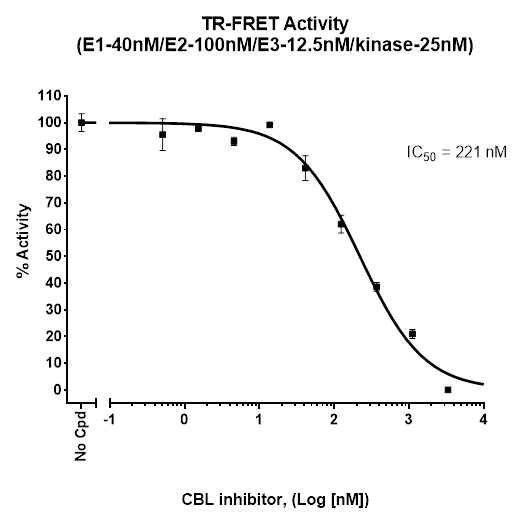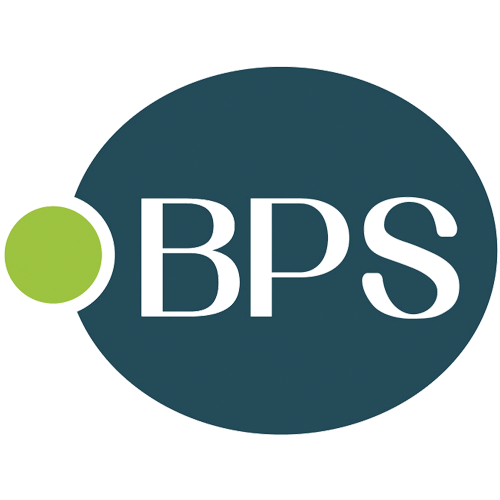
CBL-B-Driven Tyro3 Ubiquitination Intrachain TR-FRET Assay Kit
78388
Product group Assays
Overview
- SupplierBPS Bioscience
- Product NameCBL-B-Driven Tyro3 Ubiquitination Intrachain TR-FRET Assay Kit
- Delivery Days Customer7
- CertificationResearch Use Only
- Scientific DescriptionCovalent conjugation to ubiquitin (Ub) is one of the major post-translational modifications regulating protein stability, function, and localization. Ubiquitination is the concerted action of three enzymes: a Ub-activating enzyme (E1), a Ub-conjugating enzyme (E2), and a Ub ligase (E3). The specificity and efficiency of ubiquitination are largely determined by the E3 enzyme, which directs the last step of the Ub-conjugating cascade by binding to both an E2~Ub conjugate and a substrate protein. This step ensures the transfer of Ub from E2~Ub to the substrate, leading to its mono- or poly-ubiquitination. Casitas B-lineage lymphoma proto-oncogene-b (CBL-B) is the RING-type E3 ligase that functions as a negative regulator of T cell activation and of growth factor receptor and non-receptor tyrosine kinase signaling. It contains an N-terminal tyrosine kinase binding (TKB) domain comprised of a four-helix bundle, a calcium binding EF-hand and a Src homology (SH2) domain, followed by a linker helical region and the RING domain, responsible for its catalytic function. Additionally, CBL-B contains proline-rich regions mediating the association with tyrosine- and serine phosphorylation sites, and a ubiquitin-associated (UBA)/leucine zipper domain for dimerization. CBL-B interacts with a large number of target proteins implicated in the control of cell proliferation, differentiation, and cell morphology. The ubiquitin ligase activity of CBL-B is up-regulated by the phosphorylation of Tyrosine (Tyr) 363, which is located in the helix linker between the TKB and RING domains. Phosphorylation of Tyr363 opens CBL-B from its auto-inhibitory confirmation, allowing E2 and substrates to bind to CBL-B. CBL-B is phosphorylated for example by receptor-type tyrosine kinase Tyro3, which also serves as a substrate for CBL-B ubiquitylation both in vitro and in vivo. It utilizes a Europium cryptate-labeled Ub (donor) and a Cy5-labeled Ub (acceptor) to complete the TR-FRET pairing. Since both the TR-FRET donor and acceptor are incorporated into poly-ubiquitin chains, this FRET-based assay requires no time-consuming washing steps, making it especially suitable for HTS applications as well as real-time kinetics analyses of polyubiquitination. Of note, the assay kit does not detect mono-ubiquitination.
- Storage InstructionSee Manual
- UNSPSC41116133
- SpeciesHuman


